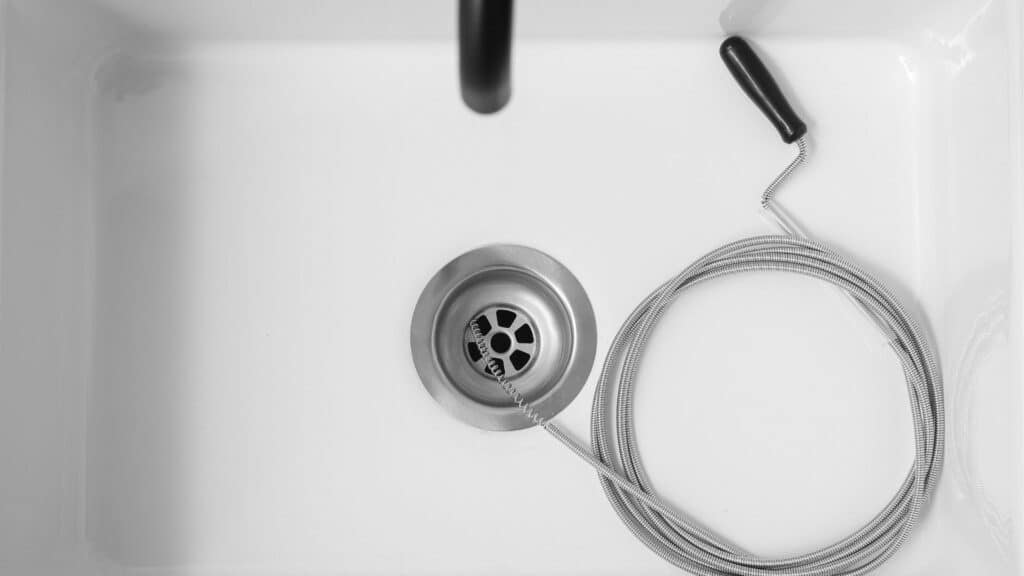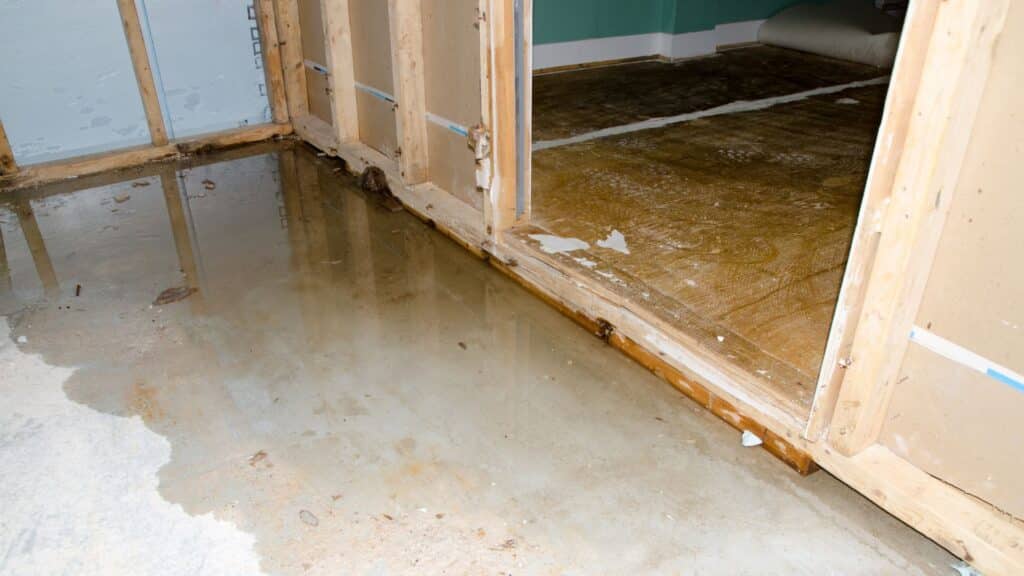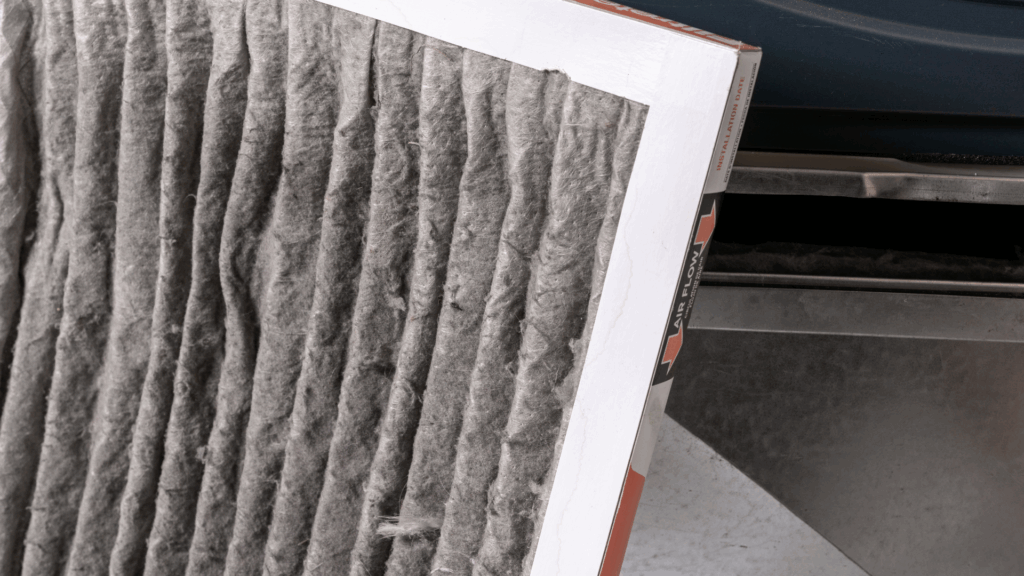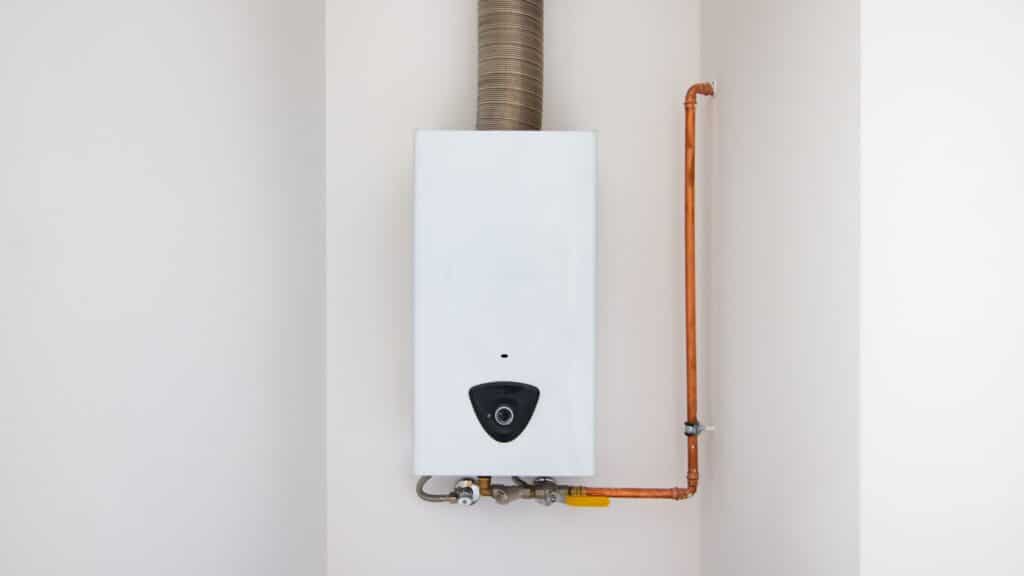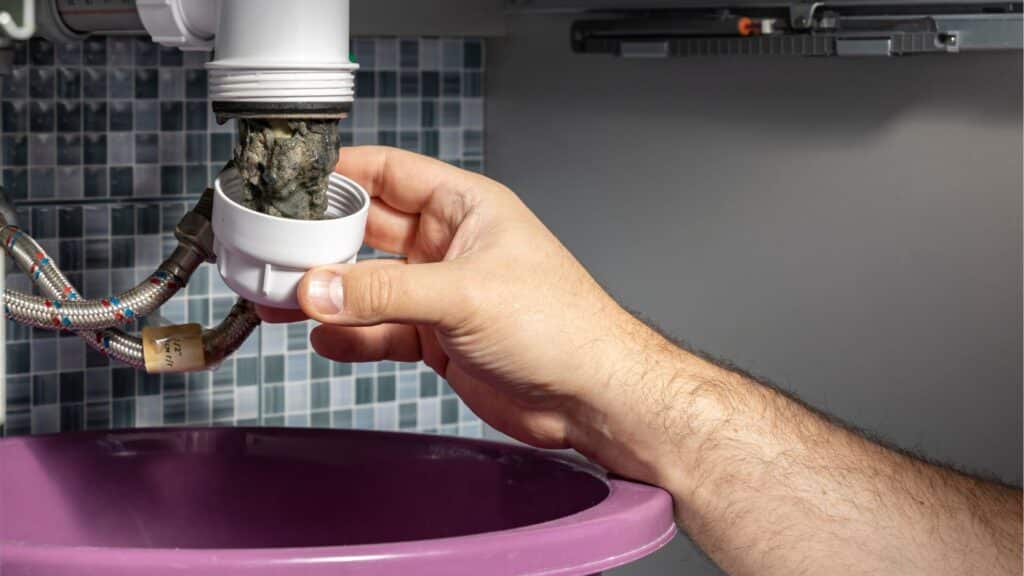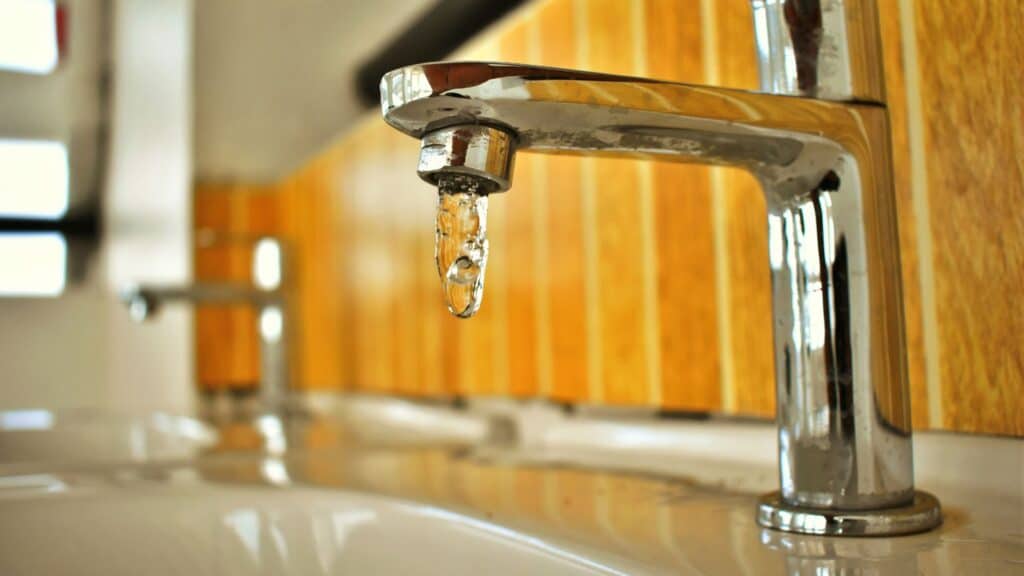Keeping warm during winter is crucial, and the furnace in your home plays a big part in this. Furnace technology has advanced a lot, offering you more efficient and cost-saving options. Let’s explore these innovations, focusing on terms like AFUE ratings, high-efficiency gas furnaces, and more.
Efficiency in Modern Furnaces
Modern furnaces are engineered to make the most out of every energy unit they consume. This efficiency is not just a boon for your wallet, in terms of reduced energy bills, but also for the environment, as it translates to lower carbon emissions.
The drive towards efficiency has led to the development of furnaces that boast impressive Annual Fuel Utilization Efficiency (AFUE) ratings, variable speed blower motors, and secondary heat exchangers. These features collectively enhance the furnace’s ability to generate more heat from less fuel. In the next sections, we will explore these innovations and what they mean for the average homeowner.
- High-Efficiency Furnaces: These furnaces, including natural gas, electric, propane, and oil furnaces, are designed to use fuel more efficiently. This means they convert a higher percentage of fuel into heat for your home.
- Energy Efficient: These systems use less energy to produce the same amount of heat, which can significantly lower your energy bills.
- Annual Fuel Utilization Efficiency (AFUE) Rating: This rating measures how well a furnace converts fuel into heat. The higher the AFUE rating, the more efficient the furnace. A high-efficiency gas furnace with a high AFUE rating will be more efficient than older models.
Types of Furnaces and Their Features
When choosing a furnace, you’ll find several types, each with unique features catering to different needs. The choice often depends on the available fuel source, your home’s infrastructure, and personal preferences regarding efficiency and environmental impact.
Natural Gas Furnaces: These are popular for their efficiency and lower operational cost. They are ideal for areas with accessible natural gas pipelines. These furnaces warm up quickly, providing fast and effective heating.
Electric Furnaces: Best for areas without natural gas access, electric furnaces are known for their safety and long lifespan. They are generally smaller and easier to install but can lead to higher energy bills compared to natural gas models.
Propane Furnaces: Propane is an alternative for areas without natural gas. These furnaces are efficient and produce a high amount of heat, making them suitable for colder climates.
Oil Furnaces: Common in regions where oil is more readily available than gas, these furnaces are known for their powerful heating capacity. However, they may require more maintenance and have higher fuel costs.
Each furnace type has its pros and cons, and the right choice depends on various factors, including your location, budget, and environmental concerns. Consulting with heating experts can provide deeper insights and help you make an informed decision.
Advanced Features in Furnaces
The latest innovations in furnace technology have led to the development of features that enhance performance, efficiency, and user convenience. These advancements are tailored to meet the diverse needs of homeowners, ensuring comfortable and cost-effective heating solutions.
Variable Speed Blower Motors: These motors adjust the speed of airflow through your home, providing a more consistent temperature and improved comfort. They operate at different speeds to deliver just the right amount of heat, reducing energy consumption and noise levels compared to traditional single-speed blowers.
Heat Pumps: An alternative to traditional furnaces, heat pumps are versatile systems that can heat and cool your home. They work by transferring heat between the indoors and outdoors, making them incredibly energy efficient. Heat pumps are an excellent choice for moderate climates and can significantly lower your energy bills.
Secondary Heat Exchanger: This feature is common in high-efficiency gas furnaces. The secondary heat exchanger captures additional heat from the combustion process, reducing waste and improving efficiency. This means more of the fuel you pay for is converted into usable heat for your home.
Smart Thermostat Compatibility: Modern furnaces often work seamlessly with smart thermostats. These devices allow for remote control of your heating system, learning your schedule and adjusting temperatures accordingly for optimal comfort and efficiency.
Enhanced Air Filtration: Advanced filtration systems in modern furnaces can significantly improve indoor air quality. They are effective in trapping dust, allergens, and other airborne particles, making the air in your home cleaner and healthier, especially beneficial for households with allergy sufferers.
Advanced Features in Furnaces
The latest innovations in furnace technology have led to the development of features that enhance performance, efficiency, and user convenience. These advancements are tailored to meet the diverse needs of homeowners, ensuring comfortable and cost-effective heating solutions.
Variable Speed Blower Motors: These motors adjust the speed of airflow through your home, providing a more consistent temperature and improved comfort. They operate at different speeds to deliver just the right amount of heat, reducing energy consumption and noise levels compared to traditional single-speed blowers.
Heat Pumps: An alternative to traditional furnaces, heat pumps are versatile systems that can heat and cool your home. They work by transferring heat between the indoors and outdoors, making them incredibly energy efficient. Heat pumps are an excellent choice for moderate climates and can significantly lower your energy bills.
Secondary Heat Exchanger: This feature is common in high-efficiency gas furnaces. The secondary heat exchanger captures additional heat from the combustion process, reducing waste and improving efficiency. This means more of the fuel you pay for is converted into usable heat for your home.
Smart Thermostat Compatibility: Modern furnaces often work seamlessly with smart thermostats. These devices allow for remote control of your heating system, learning your schedule and adjusting temperatures accordingly for optimal comfort and efficiency.
Enhanced Air Filtration: Advanced filtration systems in modern furnaces can significantly improve indoor air quality. They are effective in trapping dust, allergens, and other airborne particles, making the air in your home cleaner and healthier, especially beneficial for households with allergy sufferers.
Forced Air vs. Radiant Heating
- Forced Air Furnace: These furnaces distribute heat through air ducts and vents, quickly heating your home.
- Radiant Heating: An alternative to forced air, radiant heating provides warmth directly from floors or panels, often leading to more even heating and comfort.
Energy Star Certification
- Energy Star Certified Furnaces: These furnaces meet strict energy efficiency guidelines set by the EPA. Choosing an Energy Star certified model ensures you’re getting a top-performing, energy-efficient furnace.
Upgrading to a modern, efficient heating system can save you money on your energy bill and make your home more comfortable. Whether it’s a high-efficiency gas furnace, an electric furnace, or a heat pump, there are plenty of options to suit your needs. Remember, the higher the AFUE rating, the more efficient the furnace.
If you’re considering a new furnace, it’s a good idea to consult with heating professionals. They can help you understand these terms and choose the best heating system for your home.

